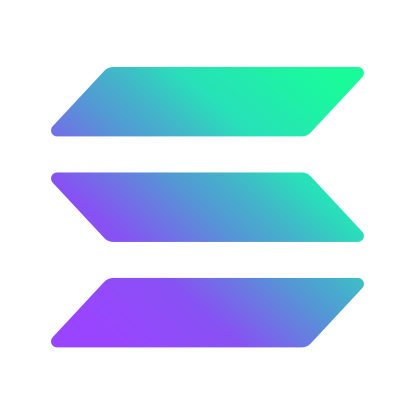Source: https://twitter.com/heliuslabs/status/1727821287052153032
Inscriptions are taking Solana by storm.
Drawing from Bitcoin’s BRC-20 standard, SPL20 inscriptions enable the direct on-chain storage of digital art
Still don’t understand what’s going on? Don’t worry, we’ve got you covered 👇🧵
SPL20 inscriptions are unique Solana addresses that contain images stored directly on the blockchain. This differs from regular NFTs that store their art on a third-party service like Arweave. Now, your images have their own address instead of an HTML link
Storing art on-chain ensures the art’s integrity and longevity, free from any external data storage limitations
These images, however, do not have to be immutable. For example, mutability allows for new use cases such as native trait swapping or day/night cycles for gaming NFTs
This concept draws inspiration from BRC-20, Bitcoin’s experimental standard for creating fungible tokens (hence the name SPL-20)
Inscriptions are ranked by how early they are, similar to Bitcoin Ordinals. This is done to introduce FOMO and get people inscribing on-chain
A user must hold update authority to inscribe an SPL20. This means they are the NFT’s creator, ensuring project owners control the inscription process
This also prevents holders from inscribing a different image from their own when they don’t hold the update authority
These inscriptions are powered by @LibrePlex, a collection of independent contributors and teams across the Solana ecosystem. They are dedicated to creating a future-proof, decentralized, fully open-source Digital Asset Protocol for Solana
LibrePlex argues that SPL20’s dynamic rendering and on-chain media support offer a richer, more interactive digital art experience than what’s currently available.
Their commitment to an open-source framework and a zero-mint tax policy creates an accessible platform for NFTs
.@blockrons pioneered inscriptions on Solana to become the first fully on-chain NFT collection. The demand at their auctions and ongoing success are testaments to the emergence of a new era for NFT permanence and on-chain capabilities
SPL20 inscriptions are influencing the future of digital art on Solana. They offer a vision where digital art is secure, permanent, and fully integrated within the network
While SPL20 inscriptions innovate digital art on Solana, they bring several challenges
Storing large files directly on Solana can lead to several issues. Critics are concerned that inscriptions will lead to a bloated state, increasing bandwidth requirements for validators and costs for infrastructure providers
Critics also note Solana doesn’t really need SPL20s for NFT functionality. Bitcoin’s limited scripting capabilities make BRC20s essential for implementing NFTs, whereas Solana can handle complex NFT transactions and storage natively without needing an additional layer
As we embrace SPL20 inscriptions, it’s vital to balance excitement with a realistic understanding of its current limitations and areas for improvement
And that’s it!
If you found this informative, give us a follow to stay up-to-date with the latest in Solana tech
u/caulkasian
Sooooo, was I swindling and lying?

